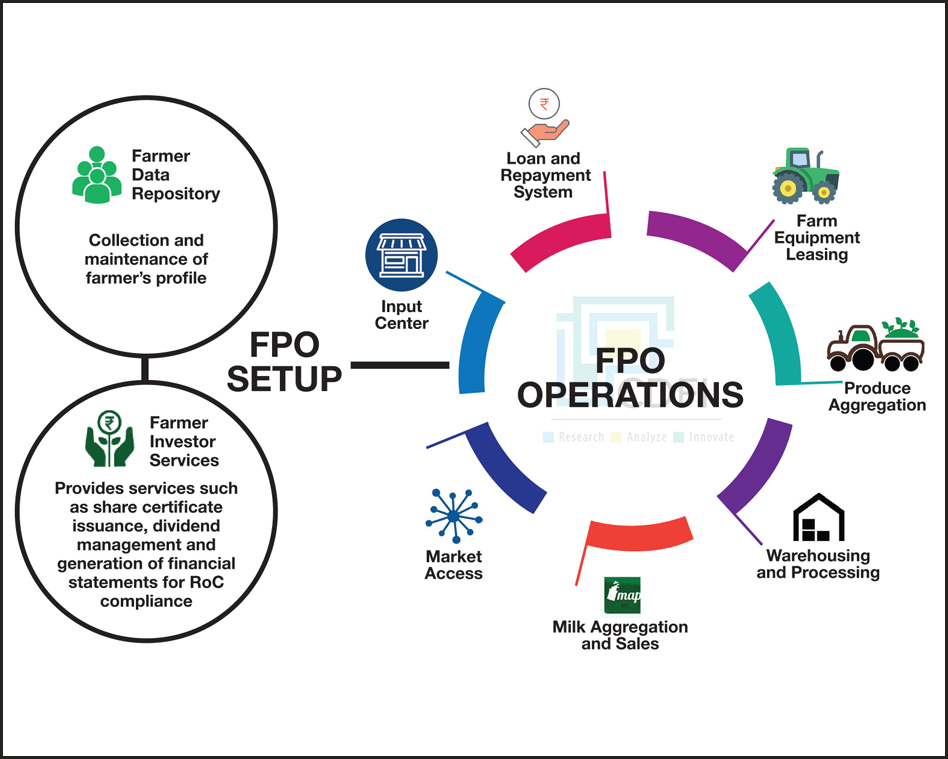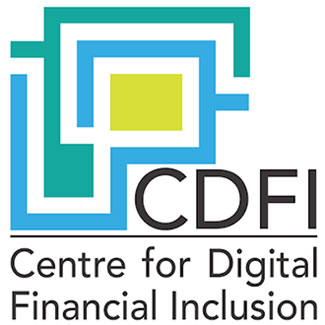
Feb 19 2016
The vision behind the Social Security Platform

In the last few years, the government’s benefit design and delivery mechanism has undergone significant changes particularly with the inception of Aadhaar and the increase in mobile phone usage and improved connectivity across the country. The most significant change has been in the delivery of Government schemes wherein we have steadily moved towards a system of Direct Benefits Transfer (DBT). DBT is a major reform process where cash / benefits are transferred directly in the bank accounts of beneficiaries, preferably Aadhaar seeded, cutting several layers in the delivery process. It envisages achieving accurate targeting of beneficiaries, de-duplication and reduction of fraud, efficiency in delivery process ensuring greater inclusion, elimination of waste, tracking fund flows to destination accounts, curbing leakage and thereby controlling expenditure and promoting greater accountability and transparency.
Today, the scope of DBT is universal; almost all Central sector and Centrally-sponsored schemes where cash is transferred to individuals, have been brought under the ambit of DBT. In recent times, the opening of over 20 Cr. Jan Dhan accounts covering 99%+ households has given further impetus to DBT and accelerated its implementation across the country.
The current DBT architecture has been built upon a set of instructions involving multiple agencies which cover Aadhaar seeding in beneficiaries’ data base and bank accounts, seeding of beneficiary databases with bank account details to enable non-Aadhaar based payments, payment advice by implementing agencies to banks, use of Public Financial Management System (PFMS), instructions to banks on DBT etc. Despite significant progress, some key challenges in scaling DBT remain. In the current process, each Department has to independently digitize beneficiaries’ database and seed it with Aadhaar and bank account numbers and citizens have to visit multiple touch points to populate these. Multiple processes are being followed for verification of the bank accounts and processing of payments and deviations, payment rejections and grievances are handled in a non-uniform manner.
These challenges can be attributed primarily to non-availability of a unified household database. A number of steps have been initiated to overcome these challenges and these are expected to bring about incremental improvements and solve some of the current problems. However, they may not be sufficient to transform the design and delivery of benefits and create a comprehensive social security net to the extent necessary and desirable. Firstly, these incremental initiatives within the current DBT architecture do not converge to create a unified DBT view. Even if the current DBT architecture were to be transformed to provide the unified DBT view; DBT alone is not sufficient for subsidy and scheme rationalization. There are non-DBT schemes which would remain completely outside the purview of such transformation. A unified view of all schemes irrespective of whether they are DBT or non-DBT type is essential for subsidy and scheme rationalization. This would be possible only if one set of underlying data is used across schemes and if this same set of underlying data is invoked during formulation of new schemes. This clearly points to the need for a common platform with unified household data and the requirement of common processes and applications. Hence, there is a need to develop an overarching unified Social Security platform. Tomorrow, if the Central or the State Government were to roll out, say a health scheme, it should be able to draw upon the Social Security platform that hosts the underlying data, common processes and applications, add scheme-specific eligibility criteria, requirements and processes, and quickly roll out the scheme. Similarly, a beneficiary should be able to access the Social Security platform to view all his/her entitlements and eligibilities. To sum up, the proposed Social Security platform should be based on a single unified household database with JAM embedded in it and a single interface for all participating departments / banks for Social Security and DBT schemes. The same platform must enable access for the beneficiaries too.
The vision of the Social Security platform is to create one single interface for beneficiaries and their providers to deliver public benefits in a rational, objective, convenient and targeted way to those in need. The current climate in India with differentiated banking, the Jan dhan-Aadhar-Mobile trinity and credible databases is conducive for launch of a comprehensive platform for social security and once implemented, this will be a transformative change for the better for those underserved.
Recent Posts





